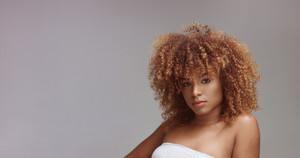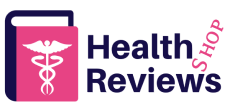Acne is one of the most common skin conditions that affect millions of people worldwide. While it’s often associated with teenagers, adults can also suffer from acne breakouts. However, did you know that acne isn’t actually caused by bacteria or fungi as commonly believed? In fact, acne has nothing to do with fungal infections at all! So what causes acne then? The truth is that there are many factors that contribute to the development of acne such as hormonal imbalances, genetics, diet, stress, and environmental factors like pollution.
The Best Acne Medication
There are several medications available for treating acne, but not all work equally well for everyone. Some of the most effective acne treatments include topical retinoids (such as tretinoin), benzoyl peroxide, antibiotics (like erythromycin and clindamycin) and hormone therapy (for women). These medicines help reduce inflammation, kill bacteria, and unclog pores, which helps prevent future outbreaks. Adults’ Acne vs Rash: What is the Difference
While both rashes and acne can cause redness, swelling, and irritation on your face, they have different underlying causes. Acne is usually caused by clogged pores due to excess oil production, while rashes can be triggered by various factors including allergies, sensitivity to certain products, and even illnesses like chickenpox. If you notice small red bumps on your face, especially if they’re around your nose or forehead, it could be acne rather than a rash.

How to Treat Forehead Acne and Jawline Breakouts Safely
Forehead acne and jawline breakouts can be particularly challenging to treat because these areas tend to be more oily and prone to clogging. To avoid aggravating existing pimples, try using gentle cleansers and toners that won’t strip away natural oils. Look for products that contain salicylic acid or glycolic acid, which help exfoliate dead skin cells and unclog pores without over-drying. You may also want to consider using spot treatment products specifically formulated for problem areas like your forehead and jawline. Effective Ways of Removing Chest Acne
Chest acne can be frustrating since it tends to show up prominently and can be difficult to cover up. To remove chest acne safely, start by washing the area with warm water and mild soap. Avoid harsh scrubbing or picking at the pimples, as this can lead to scarring. Instead, use an over-the-counter acne treatment product designed for sensitive skin. For persistent or severe cases of chest acne, talk to your dermatologist about prescription options like topical retinoids or antibiotics.
